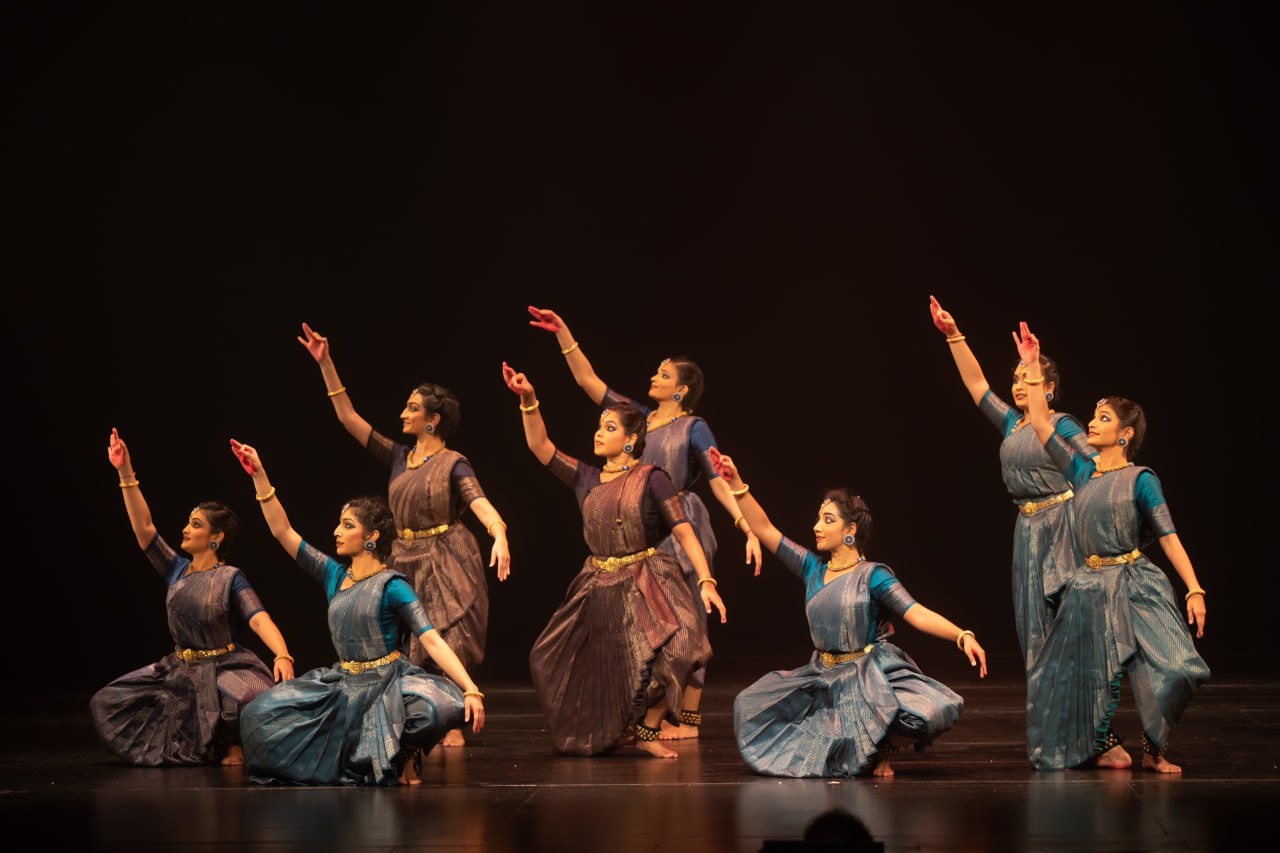Into the Music of Dance
Our Cover story this edition features three musicians and music composers for dance from India, who share their experiences of making music for dance
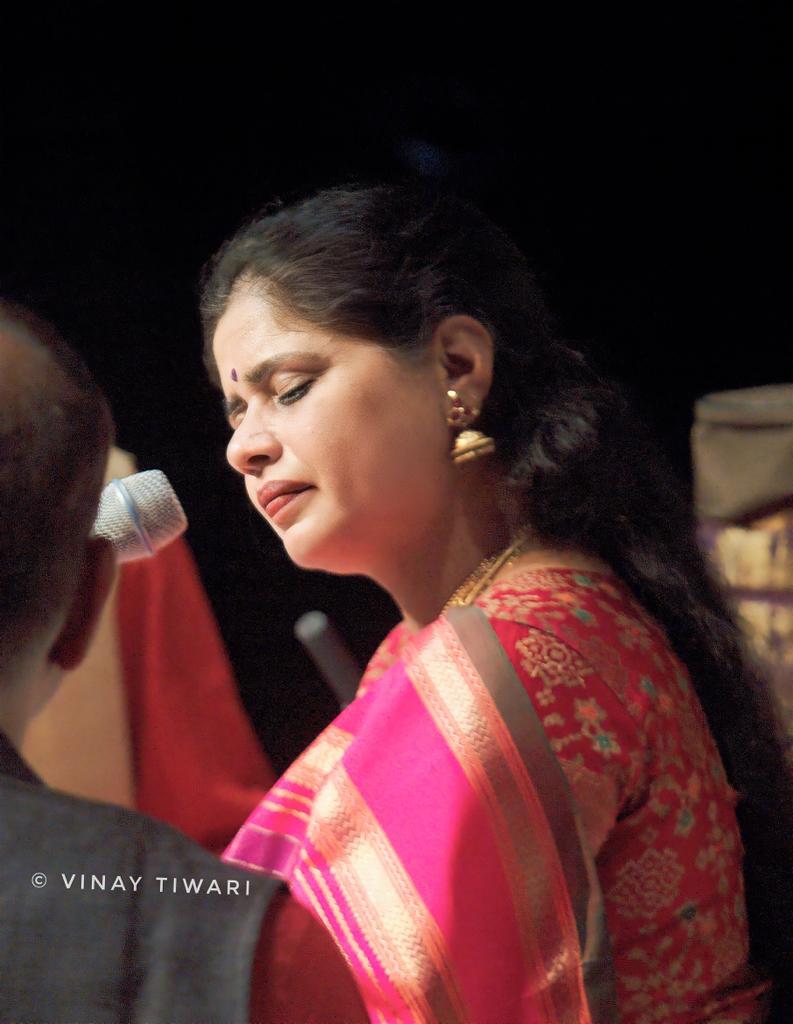
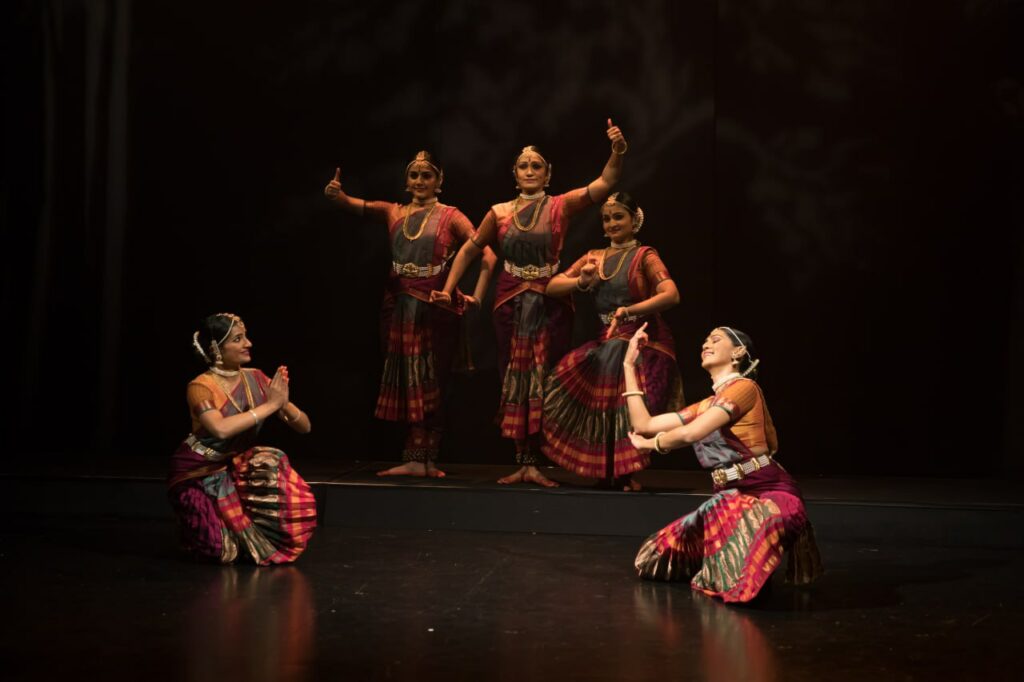
SUDHA RAGHURAMAN
Carnatic Vocalist, Composer and Music Arranger
What is that characteristic aspect that differentiates composing music for dance and composing music in general?
Composing music in general can be like tuning a particular song or putting swaras together or creating score for background music. It doesn’t need too many ideas. Simplicity is its charm.
But when we compose for dance, we get into details like the meaning of every word, the underlying meaning, the multiple layers of meanings, and also check if the composition is suitable to dance as an entire piece. While composing swaras for dance, it has to be adavu-compatible. Swaras need not be very mathematical and complex. Sometimes, mere raga lakshana swarams can convey the mood so much better than very skilled or technique- oriented swarams. Sometimes, the situation demands the swaras need more maths. That’s when we use complex patterns. There’s a great level of detailing that goes into composing for dance.
I personally feel that a singer or composer must know the meaning of every word/ line, the sthayi bhava of the particular poem/sahitya to be able to create something very beautiful and unique. The audience should be able to listen to the music and relate to the theme of what the dancer intends to portray. One should be able to grasp the theme by listening to the music, with closed eyes. To achieve that requires a lot of hard work. It doesn’t happen in a day.
The music of dance should also be able to exist as standalone. Even if one were to listen to it without watching the dance, they must be able to grasp it and create their own dance with it.
By virtue of being a musician for dance, what is your relationship with dance and the dancer?
Having worked in the field of dance with senior dancers and this generation of dancers for three decades now, I have learnt that every dancer is unique, every dancer has their own strengths and shortcomings and every musician too has their own share of shortcomings. If we could work on our strengths and create meaningful pieces of art, I’d say we are doing something right.
Every time a musician sings for a particular dancer, the musician should sound like that dancer. The music must dance and the dance should sing. I think this is crucial; the two are inseparable.
When I sing for dance, I become one with the dancer in a performance. There can be no other distraction other than the music, dance, bhava and melody. This is the synergy that is created. To me, every dance programme that I sing for is as much my own programme – never to supersede the main artiste, but to be completely involved in the performance.
Many a time, the dancer may not fix the repetitions. So one has to be super alert and spontaneously respond to the dance. The dance and the dancer should be with the musician. For me, I become the dancer, a co-performer and I recognise the dancer is the main performer.
Every dancer has a signature style of their own. Do you keep that in mind when you begin composing? What is your process like?
Certainly. If I compose music for dance, the composition should sound like it reflects their dance. Their signature style in dance should reflect in the music.
I have a particular practice to let go of the classic Sudha style while singing for dancers. Only after working for hundreds of kutcheris, did I realise my strengths and weaknesses.
What matters is also chemistry; it is important to have a good relationship with the dancer you are working with to be able to produce good music. Any small differences will show up on stage and in the composition.
Over the years of composing and performing music for dance, how have you evolved as a creative artiste?
I have certainly evolved over the years. But that has come from years of singing and learning from my mistakes. I was barely 20, when Leela (Samson) Akka called me one morning and asked me to sing for a programme that very evening. We had only one rehearsal soon after that phone call and I went on stage. At that point, my focus was only on singing what we’d rehearsed right more than taking my music or the dance to the next level.
Today, I have evolved so much as a dance-musician because of the efforts of the dancers I have worked with and my own interest to understand the concepts and themes I work with meticulously. I follow up what I do with more research and create for myself a vision of my own. I have been very fortunate to be associated with wonderful artistes from all over the world. They give me the freedom of imagination to pursue and evolve with my own craft.
Can you – from your repertoire – share with us one project that has been challenging and invigorating at the same time?
Moving Boundaries by Rama was a challenging project. The lyrics were minimal lyrics and there were three different pieces of various genres on the topic of bliss. It was not easy working on this, especially in the middle of the pandemic when people’s mental health was at an all-time low. But that also helped me to create something very unique.
With minimal lyrics and three stories for 45 minutes, I just used the grammar and manodharma, to create music for this project.
Working on Shakunthalam has helped me appreciate Sanskrit more and it has now become my favourite language. Kashi by Meera Balasubramianm was composed without the dancer working with me, in-person. Purushotama for Aravinth choreographed by Rama Vaidyanathan and Pratidhvani for Geeta (Chandran) ji also was created on echo.
There have been many challenging projects and I only hope to create better and more beautiful music in the coming years.
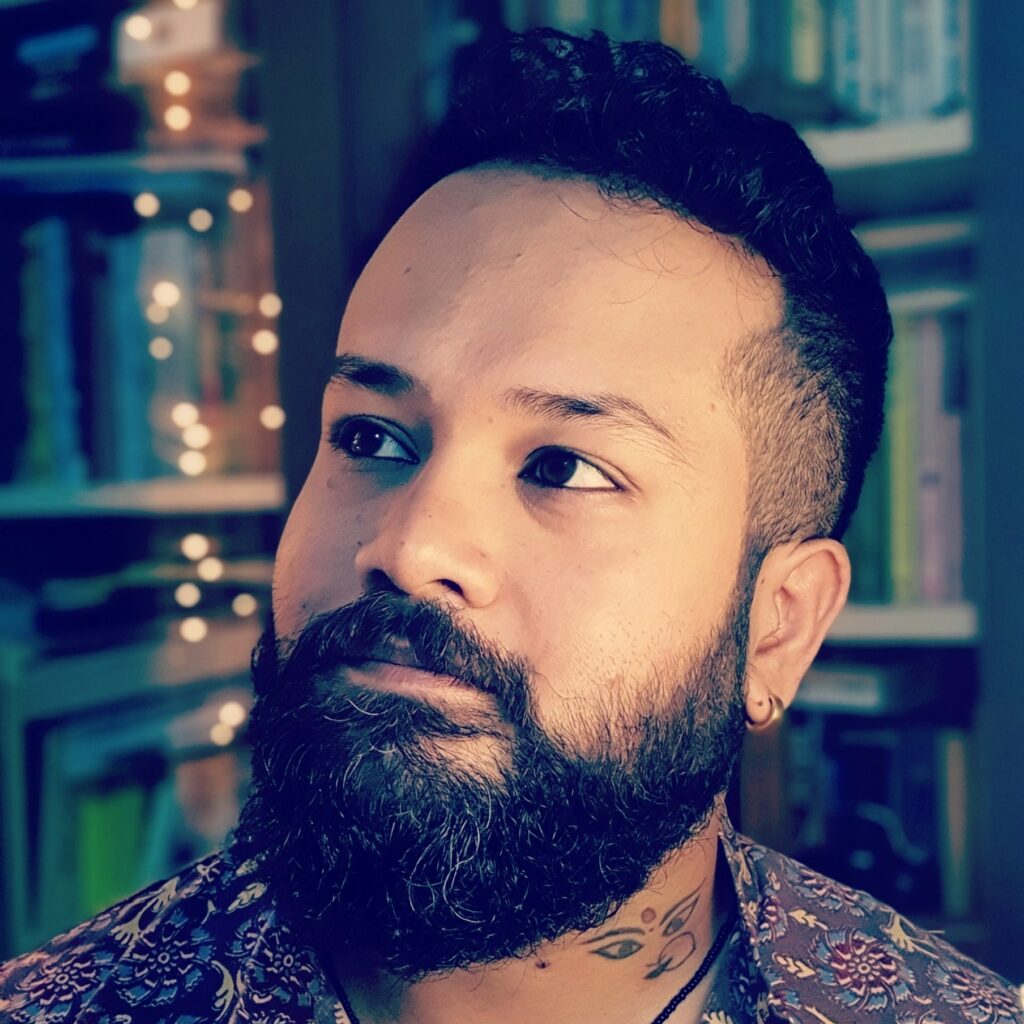
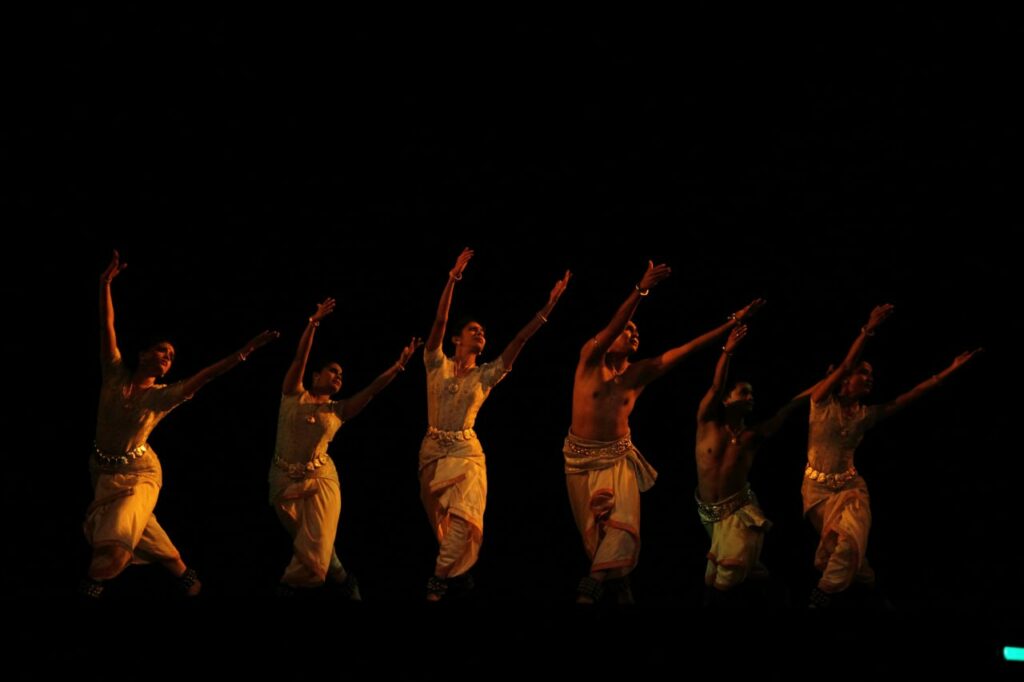
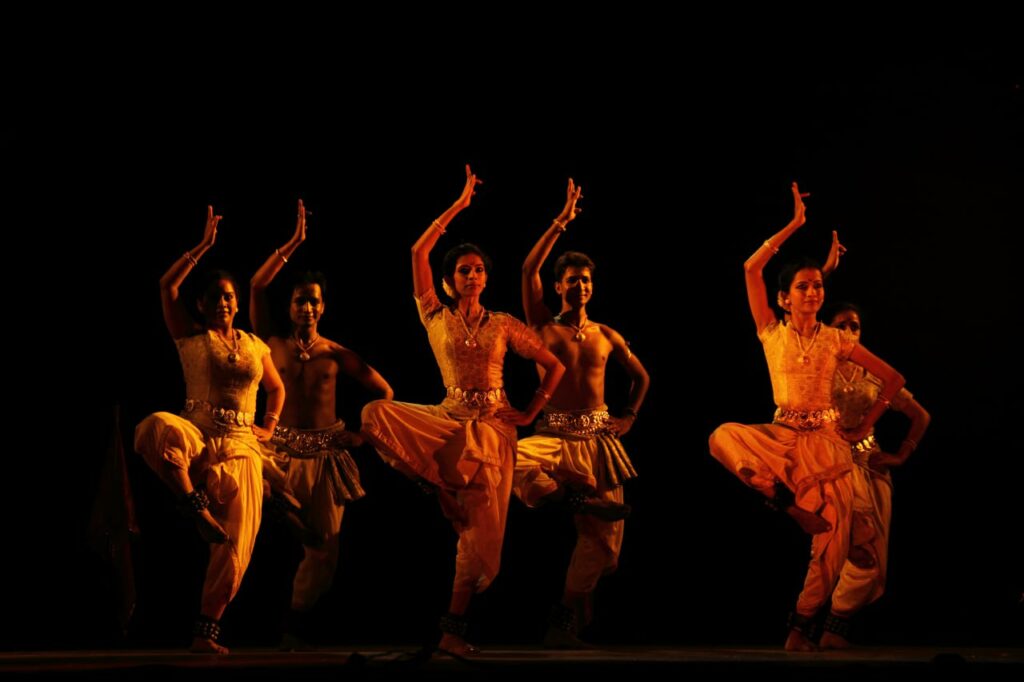
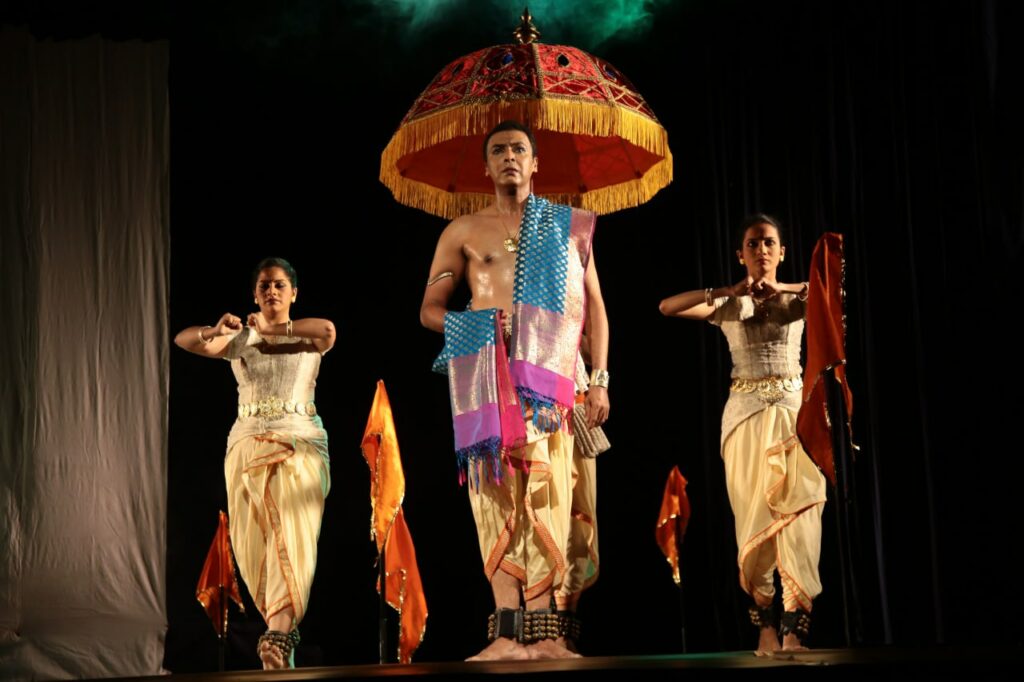
KARTHIK HEBBAR
Musician, Writer, Playwright, Director
What is that characteristic aspect that differentiates composing music for dance and composing music in general?
Composing music is always defined by a purpose. The purpose may be to explore a raga, an emotion or even a rhythmic embellishment. These abstract compositions might find a form in dance too because dance is music visualised after all!
When we compose for dance exclusively, the focus is always on achieving a certain emotional flavour. The composing has to be part of the storytelling and most often with music, we try to bring to life the subtexts that a narrative might not convey. Composing for dance requires a vivid imagination and the ability to break away from the mould of composing a general kriti.
By virtue of being a musician for dance, what is your relationship with dance and the dancer?
We are extensions of each other and feed off each other’s energies on stage. There is a lot of give and take that goes on on stage. When there is room for artistic dialogue, a very layered presentation manifests and both artists go back taking a lot from the performance. Unfortunately, many dancers now are slaves to recorded music or do not make the effort to train themselves in music. In those cases there is an impermeable wall between the artistes, and the presentation is reduced to mere repetitions and other technicalities. When the dancer and musician are divorced, the art that they create is nothing but a broken home.
My relationship with dance is that of unabashed love. Dance enriches my imagination and music.
Every dancer has a signature style of their own. Do you keep that in mind when you begin composing? What is your process like?
Yes and No. The signature haunts us both; the composer and the dancer. The idea is to make the individual ego vanish and let the art flourish. I personally don’t like to compose for an individual style (of a dancer) because compositions like that will eventually fade. Every piece of work must be universal and accessible. The composition can be tailored to suit the particular dancer but if the composition in itself is bound to a certain artiste, it will have no value.
I meditate on the core objective of the creation. I wait for the thoughts and ideas to come to me. The ideas and the raga(s) have to come together. I mull over the raga for a while and try to catch the flavour of the raga that I would like to unfurl for this particular composition. Once there is a vague structure in mind, I pen it down while singing it. My main attempt is to show and not tell through the compositions.
Over the years of composing and performing music for dance, how have you evolved as a creative artiste?
I would like to believe that I have evolved! When you find the gift of visualising your music, your relationship with music changes. Singing old compositions and very traditional dance repertoire pieces has opened a huge gate of understanding for me. The music scene today is completely scale-driven and ragas are handled as scales with which one can experiment.
In the old dance compositions like Pada Varnams, Padams and Javalis, we see how ragas were living entities with both tonal and emotional bodies and not mere scales. Dance music has helped me find a lot of depth in my understanding of art, the power of simplicity and sometimes the joy of complete abandon!
Can you – from your repertoire – share with us one project that has been challenging and invigorating at the same time?
All projects are extremely gratifying but if I have to pick one, I would say Nibhandana by the Sankhya Dance Company was very challenging. In it, I had to sing like a composer, even though we had picked compositions from the traditional margam. The challenge was to find a story in a Jatiswaram, contemporary truths in a Varnam and emotional character in a Thillana. It was a beautiful experience to journey with the artistes and discuss the bhava of each raga with them and build a bridge between my voice and their dancing bodies.
Shreemant Yogi, was a challenge too. The premise being Shivaji, I was skeptical of finding a common ground if the production would eventually lead to glorifying hate and religious extremism. It was heart-warming for me to evolve into a person who can see history without colours, in black and white. It was about finding that spot between facts, fiction, extremism and artistic telling. The Sankhya company decided to look at the human side of a warrior king and his dilemmas and that was an interesting idea to work with. I had to create a piece that just shows the dilemma of the king. His struggle between war and devotion, violence and renunciation. We decided to create that piece with just raga and no text and it blossomed into a very fine piece of art!
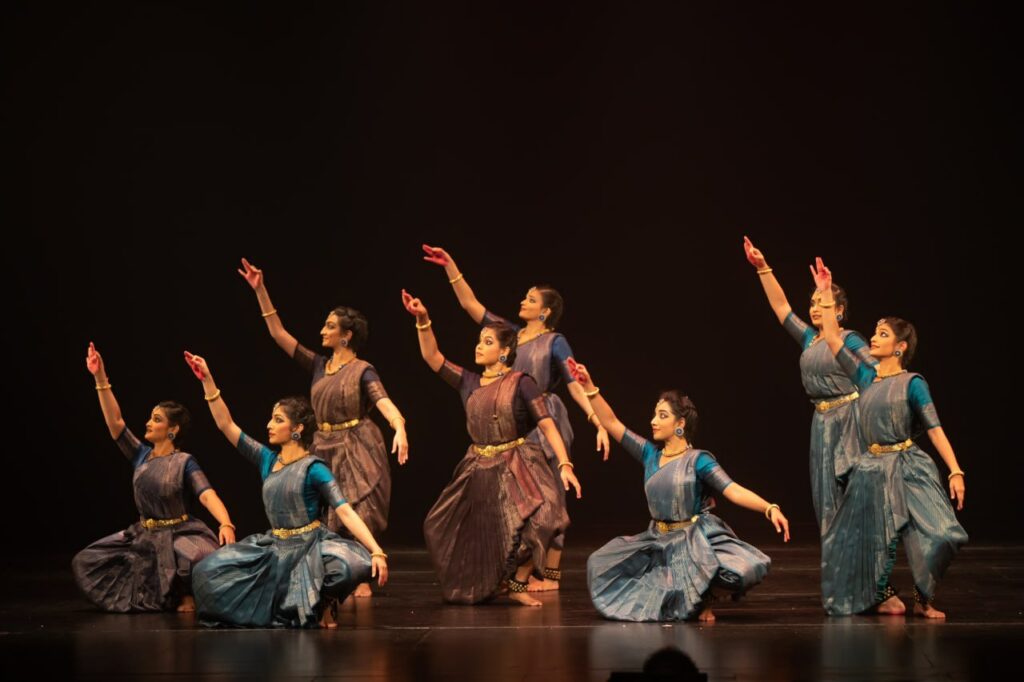
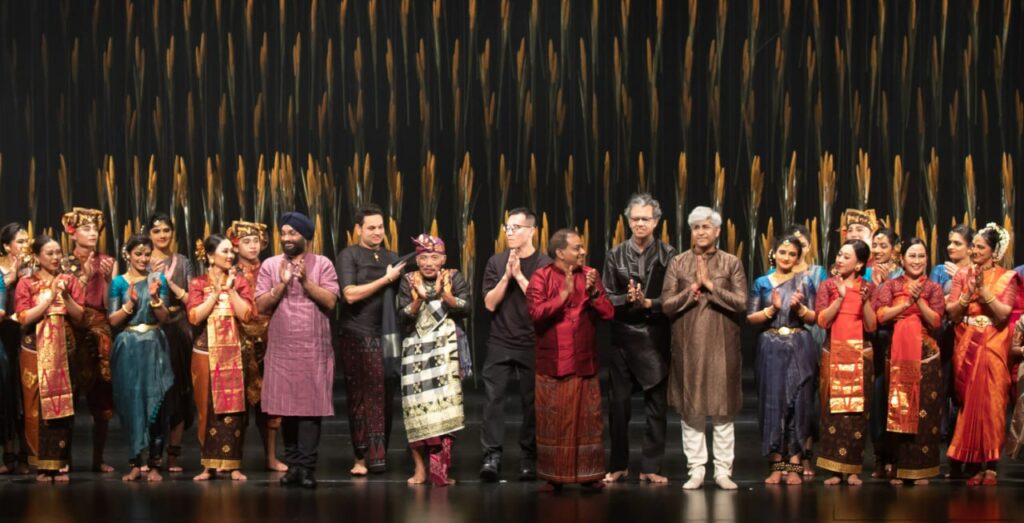
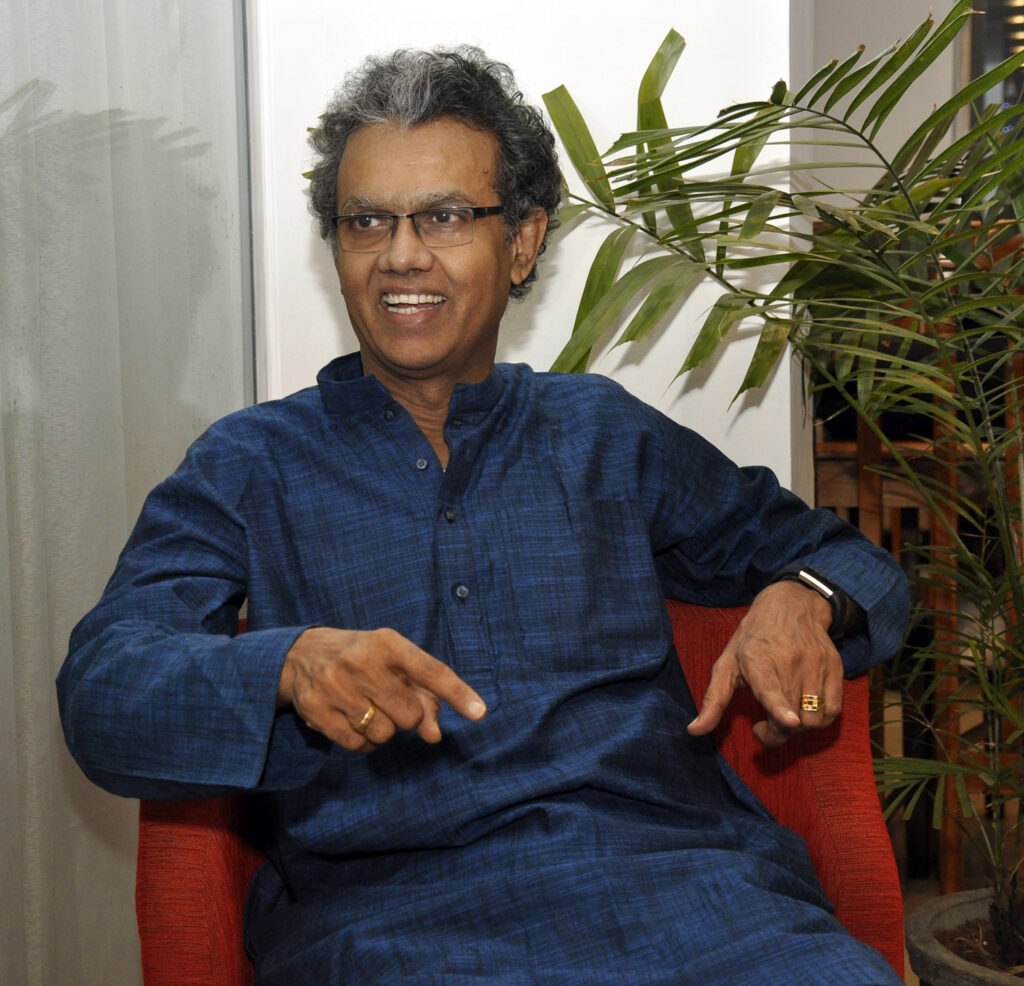
RAJKUMAR BHARATHI
Musician, Composer
What is that characteristic aspect that differentiates composing music for dance and composing music in general?
Composing music in general has to bring out the content of either the lyrics or the scene, musically. But when it comes to dance, it is more pronounced because there are two axes – the horizontal being the music and the vertical being the visual. When we only listen to music, we can visualize the song depending on the lyrics (if one has the capability) through music. But in dance, it is two-fold with both audio and visual elements.
By virtue of being a musician for dance, what is your relationship with dance and the dancer?
My relationship with dance is according to the content and as per the visualization of the dance. When I am given a subject and asked to tune it accordingly, I try to visualize the theme in my own way, with my limited knowledge on dance. But I will try and realise it in the best way possible.
In creating music for dance, the dancer is the protagonist. Whatever I do is ultimately for the dancer. So I give priority to the dancer, their visualization of the dance. Then I try to look through their eyes. In case I have a different perspective, I share it with them and together we attempt to strike a balance.
Every dancer has a signature style of their own. Do you keep that in mind when you begin composing? What is your process like?
I only always go by the content the dancer shares with me. But almost always, when a subject or an idea is shared with me by a dancer, their signature style is already well incorporated into their sharing. When they describe the scene they want to portray or project in a particular way, I can already visualise their style in it. That becomes my starting point. In the event that I have a different approach or perspective, I discuss it with them and depending on their response, the music takes shape.
Over the years of composing and performing music for dance, how have you evolved as a creative artiste?
Making music for dance has really helped me open up as an artiste. I no longer have any closed views on music or themes or about the way music has to be made. For example, if a dancer tells me about a subject and I feel contemporary music would work well for it but the dancer insists on traditional music, I try to look at it from their perspective and do the best that I can. Having said that, I am always seeking every opportunity to create something new with whatever I do.
Sometimes, in my mind, when I conceive a scene, a particular music is very suitable. I have experienced this in the case of Savitha Sastry’s work. Usually her husband Srikanth, who does the story, would play music to suit the theme of the work. But I never accept it like that. I always listen to the music, try and do some research on it, wear his glasses and see if it is suitable. I always like to keep my options open.
As a result, the journey has become an evolution and also made me very mature as an artiste and human. Recently, I created music for a production called Arisi for Apsaras Arts. It is about rice. There is no storyline per se. I worked with the Chinese orchestra, learned a lot from them, understood how their instruments worked and tried to match our music with theirs. It has been wonderful to work with different kinds of musicians, and genres of music, and all of this opens up a vista of possibilities.
From a spiritual perspective, every time I work on a composition, I do it with an open heart without any prejudice and no favouritism, which means it gives me an opportunity to kill my ego.
Can you – from your repertoire – share with us one project that has been challenging and invigorating at the same time?
Every project is challenging. Some push you out of your comfort zone. For instance, Arisi was one such project with different types of musicians. Another was Anjaneyam by Apsaras Arts, where I had to work with different dancers, musicians and it was a huge production.
Jayanthi Subramaniam’s production of Jonathan Livingston Seagull had no lyrics. It was based on the story from the book. Every project that I have done so far has been very challenging and invigorating.
Cover story
COVER STORY Three costume designers Lakshmi Srinath, Sandhya Raman and Mohanapriyan Thavarajah from Chennai, Delhi and Singapore respectively, share their process, insights and views on designing and creating costume for dance and dancers Lakshmi Srinath “My interest in costume grew organically as a result of my passion and career as a visual artist” “My interest … Read more
AUG 18, 2023
Cover story
COVER STORY Master Weaver of Magic Raising a toast to Aravinth Kumarasamy, Artistic Director of Apsaras Arts, as he receives one of the most prestigious accolades for arts practitioners in Singapore – the Cultural Medallion… In the first week of December, Apsaras Arts Artistic Director Aravinth Kumarasamy, the man who needs no introduction to the … Read more
FEB 16, 2023
Cover Story
Cover Story Dance of the Camera What happens when dance is on film? Do things shift for the artiste and choreographer when they are being seen through the camera’s eye? How do they negotiate this medium to create a work-of-art that is authentic to the dance and to cinema? Three senior Bharatanatyam artitses – Aravinth … Read more
OCT 31, 2022
Cover story
COVER STORY Privilege, possibilities and experiences… We reached out to six Bharatanatyam male artistes from across the globe and asked them a common set of questions to feel enriched with a plethora of ideas and insights on inclusivity, gender-neutrality, exploration and experimentation, research and expression and about the beauty of art and how it enables … Read more
AUG 29, 2022
Cover story
COVER STORY Let’s Talk Conservation Two young and talented Bharatanatyam artistes, Mahathi Kannan and Manasvini Ramachandran, share their interest, journey in working with the tangible and intangible in the arts… An interview Qus : What has been your fascination with the idea of heritage? When did you know that you wanted to study it formally … Read more
JUN 24, 2022
Vision for Dance 2022
Vision for Dance 2022 A straight-from-the-heart response from dancers and curators on their vision for dance Rama Vaidyanathan Bharatanatyam exponent “My vision for dance this year is to bring it back to stage; in front of a live audience. I am also hoping that when dance returns full-fledged to stage, it is enriched and nuanced, … Read more
MAR 8, 2022
National Award for Apsaras Arts Dance Company
Presented by National Heritage Board of Singapore on 10th December 2020 Acceptance speech by Aravinth Kumarasamy, Artistic Director of Apsaras Arts Dance Company. “Dear Guest of Honour, Minister of Culture, Community and Youth, Mr. Edwin Tong, Ms. Yeoh Chee Yan, Chairman of NHB, and Ms. Chang Hwee Nee, CEO of NHB. Good afternoon. Receiving this … Read more
DEC 30, 2020
AMARA – Making the Impossible Possible
Special Feature by Mohanapriyan Thavarajah “From the forest of his matted locks, water flows and wets his neck, on which hangs the divine snake like a garland, and his drum incessantly plays damat, damat, damat, damat.” Thus, Shiva is engaged in a very vigorous Tandava dance, to bless and shower, prosperity on the entire universe. … Read more
NOV 17, 2020
Dancing the Stories of Banteay Srei
AMARA: Dancing the Stories of Banteay Srei Inspired by the legends and the stories carved in its bas reliefs of the enchanting temple of Banteay Srei, this dance production brings to life the female divine Yoginis of the temple, which was once called the “citadel for women.” Apsaras Arts Dance Company is proud to present … Read more
